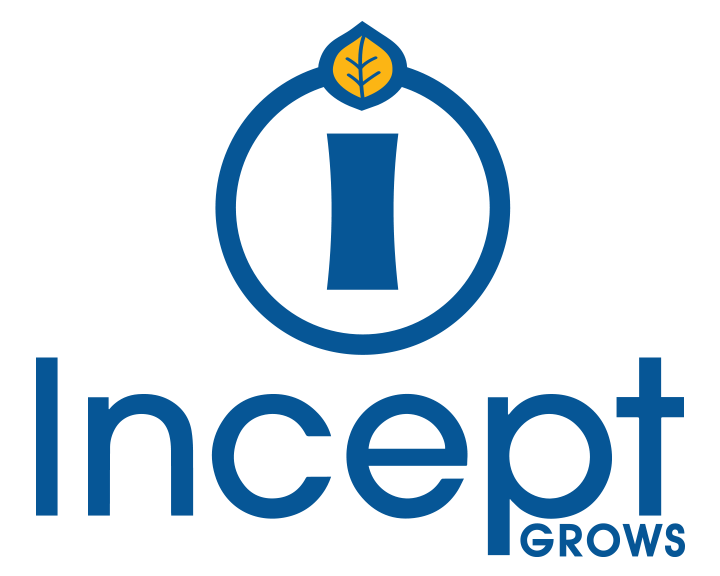3 Ways to Follow Up on B2B Inbound Leads
Wherever you look online, it seems as if everyone is telling you that you need to generate more leads to grow your business. However, do you have a plan for converting those leads into customers or members? Oftentimes, pitching a sale to new, cold leads will likely not lead to a sale at all and even turn off your potential client from wanting to hear from you ever again.
We discussed how quickly you should follow up with inbound leads, but if you still aren’t sure the best ways to follow up, this blog post will help you start planning.
Immediate Email Follow-Up with Value
The simplest way to follow up with B2B inbound leads is to send an automated email immediately after they fill out a form. This form can be as simple as asking your potential customer to fill out the form if they want more information on your services or signing up to receive a content upgrade download in your blog post.
According to GetResponse, a triggered email averages an open rate of 46.53% and a click-through rate of 10.98%. This high engagement rate is due to sending relevant information to your subscribers in response to their actions in your emails or on your website.
Sending an email instantly after someone raises their hand is key because it reaches them while they are still interested in your business. It also allows your customer to be engaged with while giving your sales team time to personally follow up.
Don’t know what to send in a new member follow-up email? We have a blog post to help you create the best email for your members!
Email Automation
Awesome! You sent your lead an immediate email! But you don’t want to stop contact there. Creating an automated email sequence takes leads down your funnel without needing a team member spending time sending individual emails. They can then use their new-found time more efficiently on answering email replies or calling leads who have indicated greater interest.
An email automation sequence also helps familiarize your leads with your company. When 81% of sales happen after 7 or more contacts, automating emails allows you to keep getting in front of leads and can also assist your calling methodology.
Categorize and Distribute leads
When working with inbound marketing to generate quality leads for your sales team, categorizing leads in your CRM is of the utmost importance. Why? Because your team may choose to handle a marketing qualified lead (MQL) and a sales qualified lead (SQL) differently.
Internally, when there is a new MQL, we take additional steps to further qualify that lead and ensure that there is a good fit for both parties. We want to ensure that they are at the right stage in their business and our sales funnel prior to pitching a sale because as we all know, a warmer lead is easier to convert than a cold one. The key is to not make assumptions on whether or not a lead is a good fit for your business because writing them off without further investigation could have you leaving money on the table!
For SQLs, we have indicated in our CRM that they are a more qualified lead based on a variety of indicators, such as types of pages they visited on our website (think pricing) or lower funnel form fills. Rather than continue sending them more marketing information, we make sure our sales team understands how quickly to follow up with leads and the cadence they should follow.
Download Our Step-By-Step Guide for Ideal Inbound Lead Follow-Up Strategy Now
We’ve tested several strategies in our own business and on behalf of our clients and found that the ideal inbound lead follow-up strategy requires 2 things:
Urgency in response
Commitment to sales cadence if the prospect does not immediately answer
Fill out the form to the right to download our step-by-step guide to effectively follow-up with inbound leads.


